Drones et Vertiports : a Place to Land ?
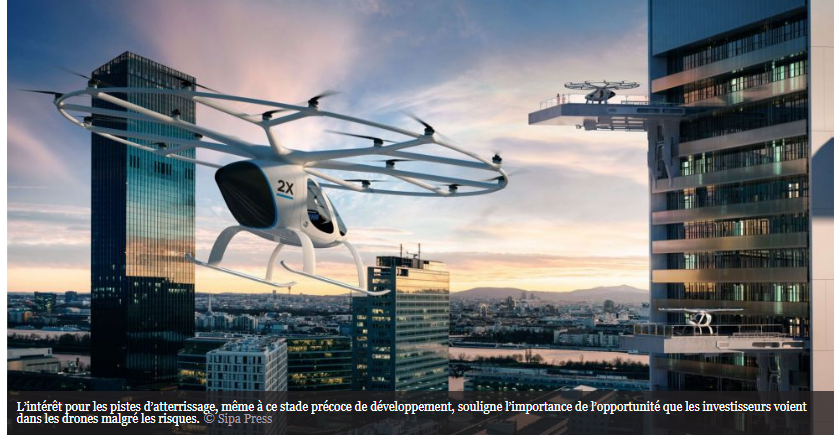
L’utilisation généralisée des drones transportant des personnes ne deviendra pas une réalité commerciale avant une dizaine d’années.
Il n’est pas évident de savoir à quoi ressembleront les drones qui voleront à ce moment-là, ce qui rend difficile la conception d’un vertiport susceptible de les accueillir
est un aéronef sans pilote humain à bord.
La dénomination de « drone » (terme désignant en anglais un « faux bourdon », mâle de l’abeille) a été octroyée dans les années 1930 au Royaume-Uni par comparaison ironique à des Queen Bee : leur vol bruyant, lent et paresseux ressemble plus à celui du bourdon à la vie éphémère qu’à celui d’une reine abeille
Sans remonter jusqu’aux bombardements de Venise lancés en 1849 à partir du Vulcano autrichien avec des ballons chargés d’explosifs,
l’origine des drones peut être trouvée dans les tentatives de torpilles aériennes de la première guerre mondiale, associant dès 1916 un avionsans pilote et un gyroscope embarqué.
Le premier drone français a été conçu, réalisé et expérimenté dès 1923 àÉtampes par l'ingénieur Maurice Percheron et le capitaine Max Boucher .
Histoire du drone - Fédération Professionnelle du Drone Civil
Le drone est un aéronef télécommandé, c'est-à-dire sans pilote à bord. Il embarque une charge utile qui lui permet de réaliser des missions diverses et variées : surveillance, renseignement...
https://www.federation-drone.org/les-drones-dans-le-secteur-civil/histoire-du-drone/
/https%3A%2F%2Fpbs.twimg.com%2Fprofile_images%2F644770628260753408%2FaA7zGyYN_400x400.jpg)
Fédération.Drone (@Federationdrone) | Twitter
The latest Tweets from Fédération.Drone (@Federationdrone). La Fédération Professionnelle du Drone Civil (FPDC) est une association régie par la loi de 1901 qui fédère les acteurs profession...
Où vont se poser les passagers transportés par drones ?
Un petit groupe d'entrepreneurs parie que lorsque la prochaine génération de drones autonomes transportant des personnes sera prête à décoller, ils auront besoin d'un endroit pour atterrir. De...
https://www.lopinion.fr/edition/wsj/vont-se-poser-passagers-transportes-drones-189654
/https%3A%2F%2Fimages.wsj.net%2Fim-80865%2Fsocial)
Drones to Carry People Have Yet to Take Off, but They Will Have a Place to Land
A small group of entrepreneurs is betting that once the next generation of autonomous, people-carrying drones take off, they will need a place to land. Investors say it is important to start ...
Investors say it is important to start securing sites so that landing pads are available when the vehicles are ready. The idea is to charge drone operators to land, replenish batteries and store vehicles overnight, leading to potentially substantial revenue if hundreds of drones use the sites.
The interest in landing pads, even at this early stage, underscores how big an opportunity investors see in drones despite the risks. Some startups are focused on developing air-traffic-control systems necessary for autonomous drones to fly over cities; others are looking to improve batteries. Still others are experimenting with drones to deliver packages to consumers or businesses.
“The missing piece for the puzzle is not technology; it’s simply where can you land these things?” says Clem Newton-Brown, a former lawmaker in Melbourne, who started his own company, Skyportz, to develop landing pads in Australia. “Unless we have a network of sites, then the whole idea isn’t going to take off.”
Investing in vertiports, however, won’t be cheap. One vertiport, complete with charging stations and a passenger lounge, could cost more than $1 million to build, and some cities might need hundreds of them. Existing helipads are an option, but many are designed for just one copter. Some lack space for parking, charging or passenger lounges and might not be in locations where people want to go.
Regulators might also get involved. In the U.S., it hasn’t yet been determined whether the Federal Aviation Administration would approve new vertiports, an FAA spokesman says.
Vertiport investors say they are initially targeting shopping malls and parking garages, which have big, flat roofs, and sports stadiums and concert venues that often have unused parking lots nearby. Office roofs could be suitable, particularly in buildings with express elevators to the top. In future decades, vertiports could even be stand-alone skyscrapers, with thousands of departures a day.
British startup Skyports has secured rights to about 15 sites in London, says Managing Director Duncan Walker. It is joining with Volocopter, a German-based drone designer, on a prototype vertiport in Singapore. It won’t be used for flights, but rather for companies to test design aspects like battery-swapping areas, passenger check-in and security.
Uber Technologies Inc., which plans to offer a transport service using electric vertical-takeoff vehicles by 2023, outlined the scale of the required infrastructure in a 2016 white paper.
Flying car concepts and designs have been around for awhile. But some firms are looking to transform the idea and provide a point-to-point passenger vehicle service–or a flying taxi. Here are three companies pushing to revolutionize city transport.
Graphic Simulation: Volocopter ( 2017 )
It said 83 vertiports, each handling 12 vehicles at a time, would be needed across three or four cities for efficient service. That would cost $121 million to develop.
Uber doesn’t plan to own or build the vertiports, but it is working with developers. At the company’s annual Elevate Summit, which started Tuesday in Washington, D.C., the company unveiled the first international market it selected for the air-transport service—Melbourne.
Uber already plans to offer the service in Dallas and Los Angeles. It also plans a new Uber Copter service in July, offering helicopter rides between Manhattan and John F. Kennedy International Airport.
Nexa Capital Partners, a Washington, D.C.-area investment firm, is studying more than 70 cities to determine where investors interested in vertiports should focus their efforts, says Managing Partner Michael Dyment. The analysis involves, in part, using an artificial-intelligence program to scan Google Earth images for helipads in each city, because public data on helipads isn’t always reliable.
The study, in collaboration with other organizations like the Vertical Flight Society, a group for engineers and scientists, is continuing.
Mr. Dyment offered one insight: His team found 400 helipads in Tokyo that weren’t in publicly available data.
“You can turn Tokyo into a phenomenal early market for urban air mobility with quite a small infrastructure investment,” Mr. Dyment says.
In Miami, Dan Kodsi, chief executive at developer Royal Palm Cos., says he talked with drone manufacturers to ensure that a pool on a new 60-story building could technically also serve as a landing pad, should regulations allow it.
Whether to convert the pool will be up to the homeowners association in later years, he says. “We just want to stay ahead of the curve,” Mr. Kodsi says. “Someone in the future hopefully thanks us.”
/https%3A%2F%2Fwww.usinenouvelle.com%2Fmediatheque%2F5%2F2%2F6%2F000777625_image_600x315.jpg)
Uber s'allie au français Safran pour développer une cabine de taxi volant - L'Usine Aéro
Une nouvelle étape vient d'être franchie par Uber dans son projet de développement de taxis volants. Le géant américain du VTC s'est associé à l'industriel français Safran pour concevoir un...
/https%3A%2F%2Fpbs.twimg.com%2Fprofile_images%2F1068548469642661893%2FsZlXR9IC_400x400.jpg)
Safran Cabin (@Safran_Cabin) | Twitter
The latest Tweets from Safran Cabin (@Safran_Cabin). Safran Cabin leads the market in #cabininteriors, providing all elements of a seamlessly integrated cabin interior
L’inquiétude des urbanistes est que les populations auront du mal à se rendre là où elles doivent aller, car les villes sont de plus en plus peuplées.
Mais là où les gouvernements voient un problème, des entreprises comme FACC et son partenaire chinois voient une opportunité commerciale lucrative. Selon un rapport publié en janvier, le marché des taxis aériens valait environ 1,5 billion de dollars d’ici 2040.
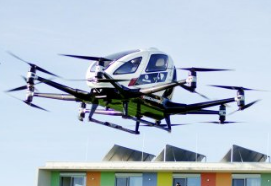
«Voler pour aller travailler au lieu de rester pris dans les embouteillages – c’est déjà devenu une réalité dans certaines régions d’Asie et nous souhaitons le rendre possible dans le reste du monde», m’a dit Robert Machtlinger, PDG de la FACC.
Facc , en Autriche , figure parmi les principaux fabricants mondiaux de composants et de systèmes aéronautiques avancés, dédiés aux industries aérospatiales. https://www.zonebourse.com/FACC-AG-16764069/societe/
Certains véhicules à drones sont déjà utilisés en Chine, par exemple, bien qu’ils soient principalement destinés au fret à ce stade. Mais l’idée est essentiellement de créer un écosystème mondial dans lequel embarquer dans un taxi aérien sans pilote est aussi normal que de partager un trajet avec Lyft ou de héler un taxi traditionnel et terrestre.
Le taxi-drone apparaît dans le ciel autrichien
Un taxi-drone s'est élevé dans le ciel autrichien pour la première fois, jeudi à Vienne. Ceux qui s'imaginaient voler dans l'azur du ciel autrichien en ont été pour leurs frais : pour la prem...
https://www.parismatch.com/Actu/Sciences/Le-taxi-drone-apparait-dans-le-ciel-autrichien-1616945
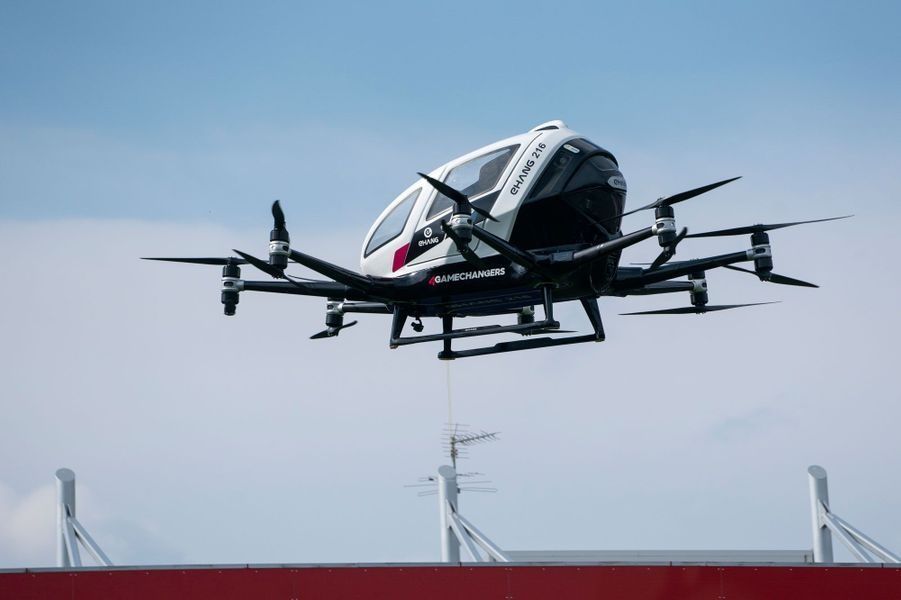



/https%3A%2F%2Fwww.miroir-mag.fr%2Fwp-content%2Fuploads%2F2019%2F06%2F6-96.jpg)
Les drones et les robots super difficiles vont où nous ne pouvons pas - Miroir Mag
Les drones et les robots super difficiles vont où nous ne pouvons pas4.4 (87.27%) 11 votes Copyright de l'image Centre national d'océanographie Légende Le véhicule sous-marin autonome Boaty ...
Un drone pourrait aider les pompiers en éteignant les feux
Les sauveteurs peuvent travailler avec ces drones pour sauver des vies plus rapidement,en mer
/https%3A%2F%2Fstatic.cnews.fr%2Fsites%2Fdefault%2Ffiles%2Fuber-taxi-volant-ces-2019_5d024acf093a2.jpg)
Uber sélectionne Melbourne pour tester ses taxis volants
La multinationale américaine a dévoilé, lors de son événement Elevate Summit, le choix de Melbourne comme 3e ville test pour Uber Air, son service de taxis volants, dont le lancement officiel ...
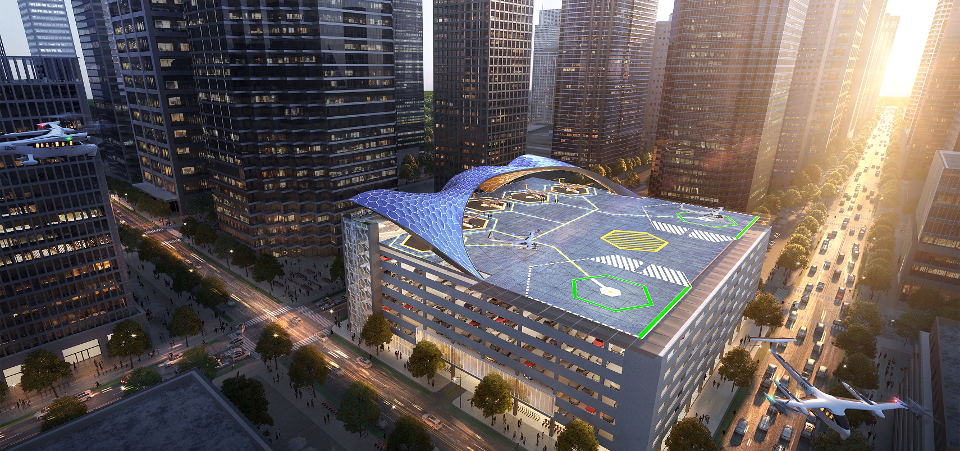
Uber espère lancer un service de taxi volant en 2023 aux États-Unis, à Dallas et à Los Angeles, et il a annoncé mardi que son premier site international serait Melbourne, en Australie.
Uber Snags Airport Landing Pads For Its Air Taxis And A Partner To Run Its Skyports
Airport service will be key to Uber's planned urban air taxi business. The company has struck a partnership with Signature Flight Support to use its private jet terminals at major airports, and for
/https%3A%2F%2Fwww.sortiraparis.com%2Fimages%2F58%2F74061%2F431808-la-ratp-revolutionne-son-reseau-de-bus-a-paris-2.jpg)
La RATP et Airbus se lancent dans les taxi drones - Sortiraparis.com
Un taxi volant au-dessus des toits de Paris ? C'est le projet que semble vouloir développer la RATP, en partenariat avec Airbus, en proposant un "service de mobilité aérienne urbaine" en ...
/https%3A%2F%2Fpbs.twimg.com%2Fprofile_images%2F913144704904187904%2FCX9EAUbY_400x400.jpg)
Volocopter (@volocopter) | Twitter
The latest Tweets from Volocopter (@volocopter). We are building the first manned, eVTOL in the world designed to work as an autonomous air taxi. Interested in the future of mobility? ...

/https%3A%2F%2Fpbs.twimg.com%2Fprofile_images%2F1130845944621150208%2FosenCKM0_400x400.png)
Skyports (@Skyports1) | Twitter
The latest Tweets from Skyports (@Skyports1). Skyports is connecting the world through our skies by owning and operating infrastructure for urban aviation and managing end to end drone deliveries ...
Skyports is connecting the world through our skies by owning and operating infrastructure for urban aviation and managing end to end drone deliveries.
/https%3A%2F%2Fimg.lemde.fr%2F2019%2F05%2F16%2F362%2F0%2F3500%2F1750%2F1440%2F720%2F60%2F0%2Fa0880b0_JOH504_AVIATION-TAXIS-LILIUM_0516_11.JPG)
Y a-t-il un pilote dans le taxi volant ?
Les futurs transports urbains de personnes passeront d'abord par la présence d'un humain aux commandes. Il pourrait bien y avoir dans cinq ans des taxis électriques évoluant au-dessus de la rég...
/https%3A%2F%2Fpbs.twimg.com%2Fprofile_images%2F987307741780856832%2F3qEcPK5N_400x400.jpg)
eVTOL News by The Vertical Flight Society (@ElectricVTOL) | Twitter
The latest Tweets from eVTOL News by The Vertical Flight Society (@ElectricVTOL). AHS - The Vertical Flight Society. International
/http%3A%2F%2Fwww.numerama.com%2Fcontent%2Fuploads%2F2017%2F02%2Fdrone-905955_1920.jpg)
La rapidité des drones médicaux pourrait être un atout de taille pour voler au secours des victimes d'arrêts cardiaque. Des chercheurs suédois ont mené une expérience, et constaté que les d...
http://knock-on-wood.over-blog.com/2017/08/drone-ambulance.html
/idata%2F0282084%2F10-2009%2F-drone-mq9.jpg)
Drones et Informatique " low cost "
Un drone ("parasite" en anglais) ou UAV (Unmanned Aerial Vehicle) est un aéronef sans pilote humain à bord. Sans remonter jusqu'aux bombardements de Venise lancés en 1849 à partir du Vulcano ...
http://knock-on-wood.over-blog.com/article-drones-41366586.html
/https%3A%2F%2Fwww.industrie-techno.com%2Fmediatheque%2F8%2F9%2F5%2F000021598_600x400_c.jpg)
Pour beaucoup le drone est un petit objet volant que l'on pilote à l'aide de son smartphone sur lequel on reçoit les images filmées par la caméra embarquée sur l'aéronef. Il s'agit d'un "mod...
https://www.industrie-techno.com/article/le-drone-a-100-ans.36883

/image%2F0960958%2F20190627%2Fob_210d21_pouliguen.jpg)
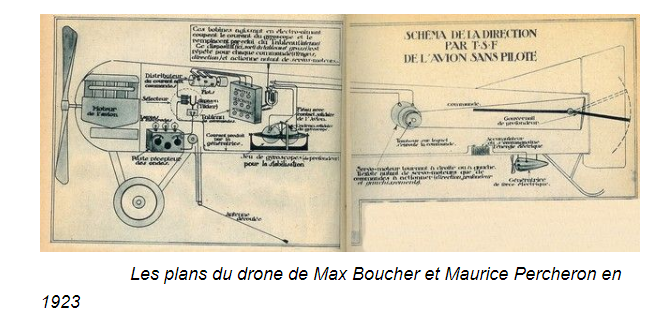







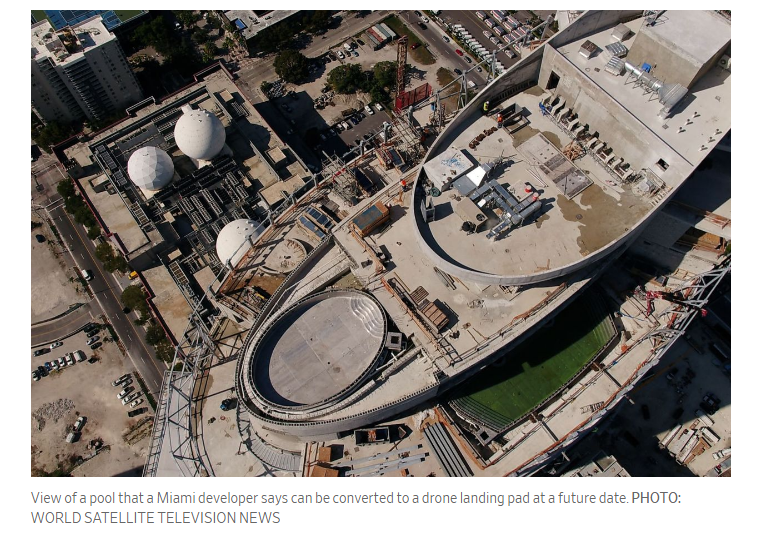


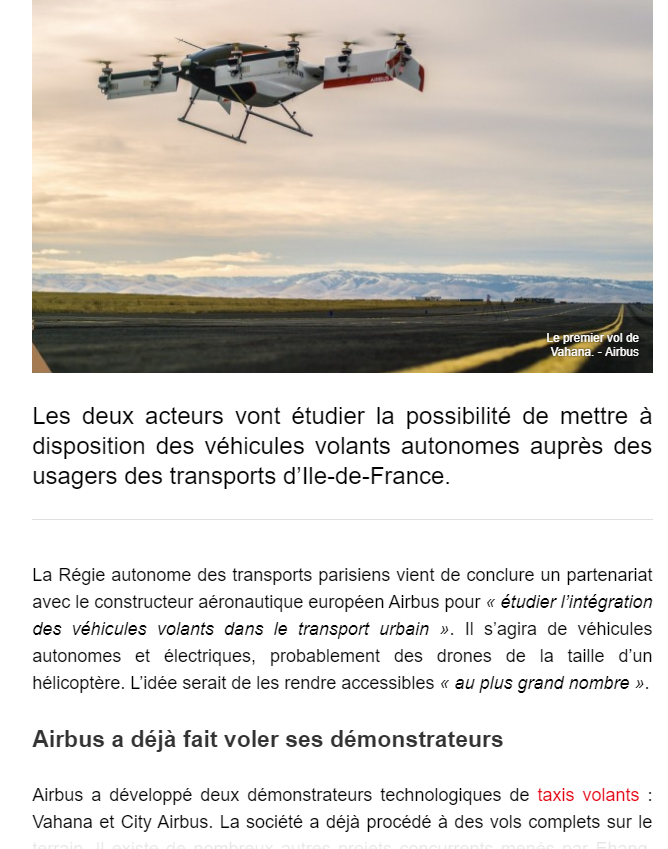
/https%3A%2F%2Fstatic.latribune.fr%2Ffull_width%2F1130136%2Fparis-singapour-et-hong-kong-villes-les-plus-cheres-du-monde.jpg)
/https%3A%2F%2Fstatic.businessinsider.sg%2Fsites%2F2%2F2019%2F05%2FAir-Taxi-Marina-Bay-Sands-Volocopter.jpg)



/image%2F0960958%2F20240419%2Fob_57f595_737.png)
/image%2F0960958%2F20240115%2Fob_01deeb_20240115-074401.jpg)
/image%2F0960958%2F20240219%2Fob_fa2e49_avant.png)
/image%2F0960958%2F20231225%2Fob_9ac38c_maslow.png)
